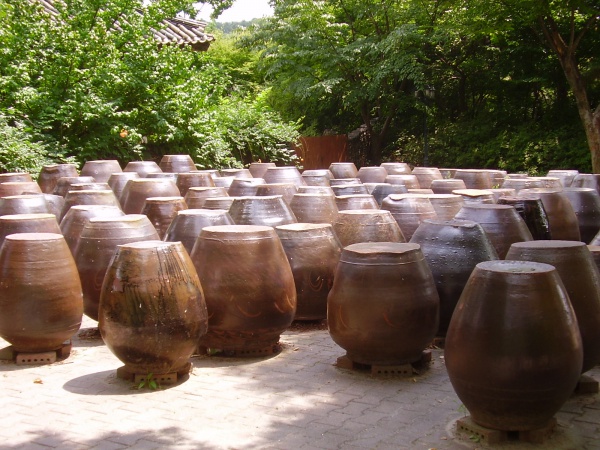Facts About Gochujang
Gochujang, also known as red chili paste, is a cherished Korean condiment made from a blend of chili powder, glutinous rice, fermented soybeans (meju powder), barley malt powder (yeotgireum), and salt. Its distinctive sweetness originates from the starch in the cooked glutinous rice, which enzymes break down during fermentation. Traditionally, gochujang is left to ferment for years in large earthenware pots called jangdok, placed on raised stone platforms known as jangdokdae in the backyard.
The origins of gochujang date back to ancient times. Before the introduction of chili peppers to Korea, people used black peppers and chopi (a type of Korean pepper) to make spicy condiments. The first mention of chili peppers in Korean cooking appeared in historical texts, with gochujang specifically noted in 18th-century books like "Somun Saseol" and "Revised and Augmented Farm Management." The primary ingredients in gochujang include red chili powder, glutinous rice powder, fermented soybean powder, and salt.
In the early 1970s, the production of gochujang transitioned from a homemade process to commercial manufacturing, making it more accessible in grocery stores and markets. Today, gochujang is a staple in Korean kitchens, used to enhance the flavor of stews, marinate meats, and as a condiment for dishes like naengmyeon (cold noodles) and bibimbap (mixed rice). It also serves as the base for other popular condiments like chogochujang (a mixture with vinegar) and ssamjang (a dipping sauce).
The spiciness of gochujang is measured in Gochujang Hot-Taste Units (GHU), which classify it into five levels: Mild Hot, Slight Hot, Medium Hot, Very Hot, and Extreme Hot. This versatile paste is a key ingredient in many Korean dishes, such as bibimbap, tteokbokki (spicy rice cakes), salads, stews, soups, and marinated meats, adding a harmonious blend of spiciness, sweetness, and smokiness to the overall flavor.

 North Korea
North Korea